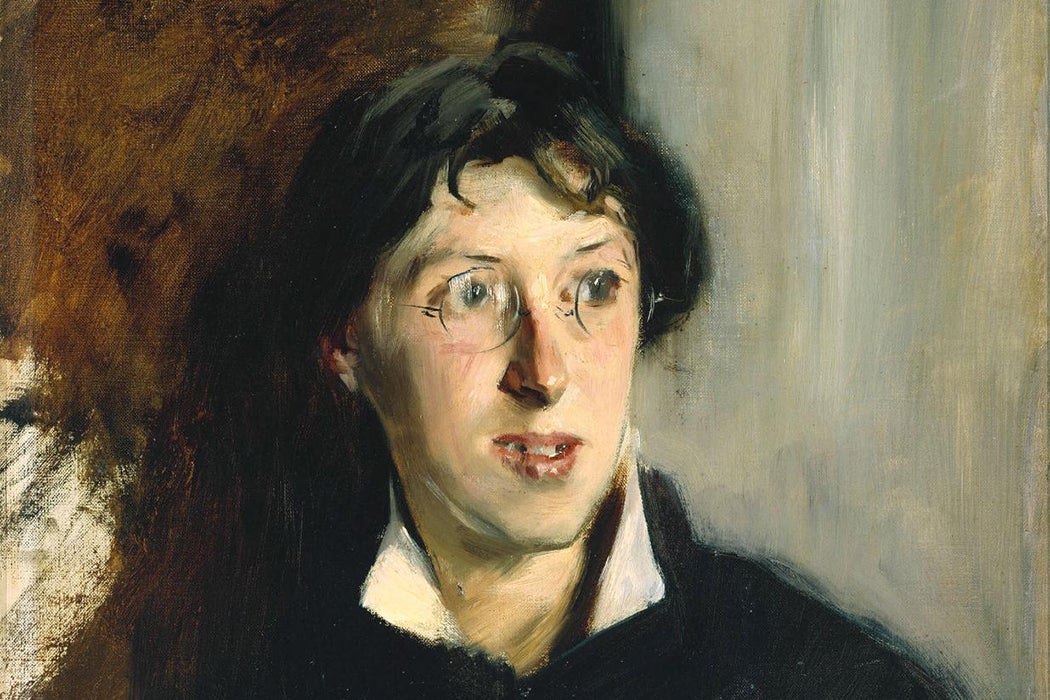Vernon Lee was a master of nineteenth-century ghost stories, but she faded from cultural memory after her death in 1935. She’s been rediscovered recently, sighted like a specter in the distance. And it isn’t just her collections of late Victorian horror that intrigue.
In addition to writing ghost stories, Lee was also a critic, travel writer, student of the Renaissance, and theorist of the Aesthetic movement. She was born in 1856 to English expats living in France. Her real name was Violet Paget, but she used her pseudonym for her four dozen volumes of writing. She was much influenced by Walter Pater (who acknowledged her as his only disciple), satirized the Pre-Raphaelites, and was called the “cleverest woman in Europe.” That’s where she lived much of her life, particularly in Florence, Italy. And in an age such relationships were generally hidden away, Lee was also a relatively out lesbian.
Opinions about Vernon Lee ran the gamut from Henry James warning that she was a “tiger-cat!” to George Bernard Shaw’s insistence she should be ranked in greatness with Queen Elizabeth I. Literature scholar Royal A. Gettmann writes that the response to Lee “shows a range from resentment and fear to approval and adulation; but whatever the response it always includes respect for her opinions and for the ardor with which she expressed them.” It should be noted James was peeved that she had parodied him in a story, and Shaw, nearly a quarter of a century later, was impressed by the pacifism she argued for in her post-World War I Satan the Waster.
Gettmann continues:
It would be a mistake to construe the variety and volume of her writing as diffusion of energy and inconstancy of purpose. On the contrary, the Vernon Lee who appraised, with erudition and meticulous perceptiveness, the madonnas of Botticelli and described exactly the sound of falling chestnuts in Tuscany was the very same writer who detailed the ugliness of the river Tyne in Newcastle and analyzed the prose style of Henry James.
But back to those ghosts. For Lee the ghost story was, Angela Leighton argues, “an expression, not of otherworldly supernaturalism but of this-worldly aestheticism.” In Lee’s Victorian era, the thing, the art object, was what counted.
Lee’s ghosts were very much things. In fact, they were objects of desire, often deadly desire. Leighton describes the stories as being about “not terror of disembodiment but desire for the flesh.” Lee’s “spectres” embodied the “unaccountable, ghostly nature of beauty itself.”
This beauty had/has a voice. For Lee, Leighton says, was “obsessed with the music of the past,” that ghostly voice that pulled the body of the past back to the body of the present. Leighton writes that for nearly two decades Lee “toyed” in her fiction “with the idea of hearing a voice from the past—a voice which would give body to its lost music.”
Now Lee is a voice of the past herself.







